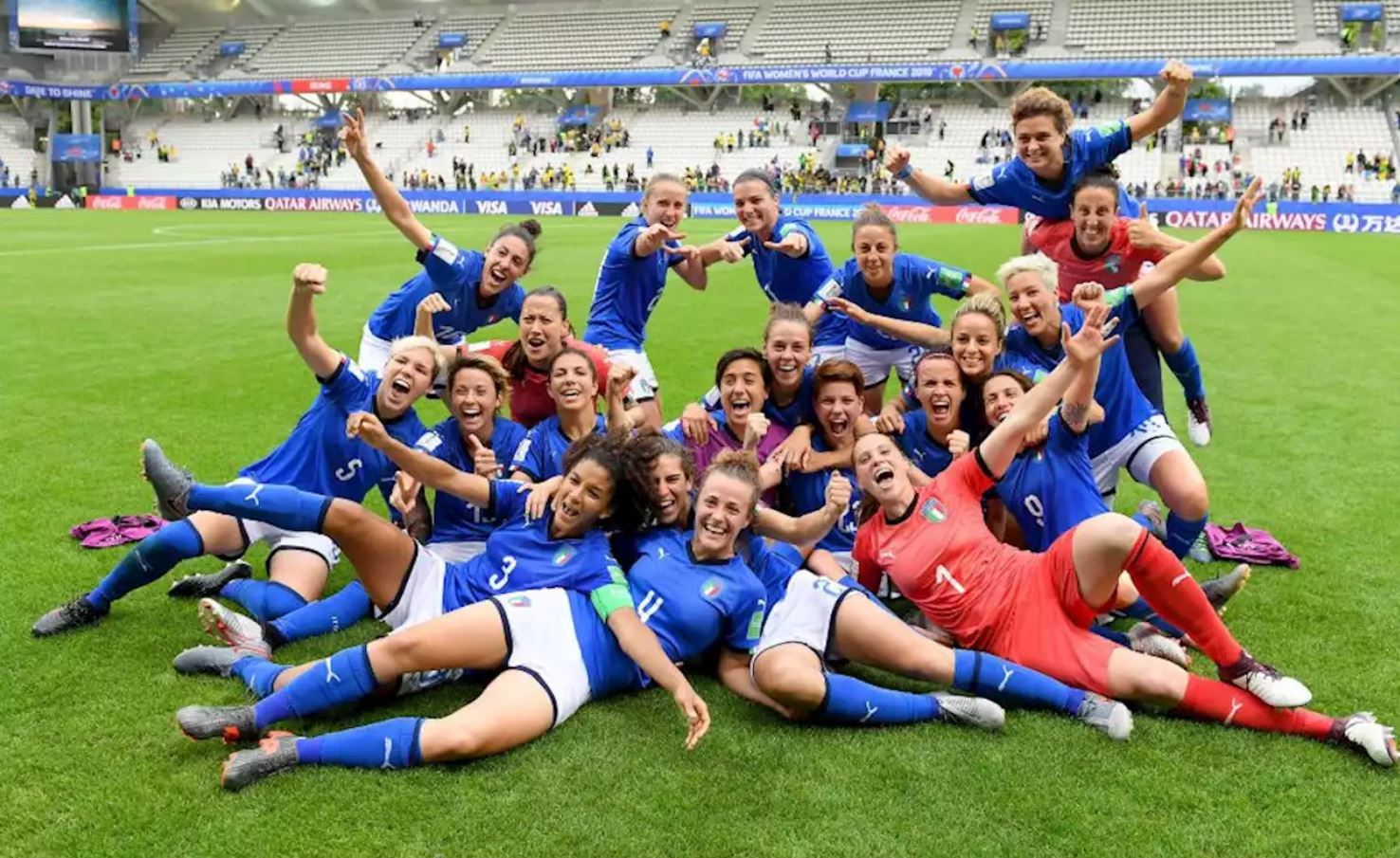Serie A Femminile is the top tier in the women’s football pyramid in Italy and since the 2018-19 season is organized by the Italian Football Federation (FIGC) – just like for their men counterpart.
Since the 2015-2016 season, the league has been featuring 12 teams while in the past the number ranged from 10 to 16 clubs. They all compete in a round robin format with home and away between October and June.
Italian women’s champions are awarded the Scudetto and gain access, together with the runner-up, to the UEFA Women’s Champions League. The last two placed teams are relegated to Serie B.
The Serie A Femminile is much more balanced that the men’s tournament as, in 49 editions, the title has been won by 22 different teams.
The growth that women’s football has had in recent years also led to a salary increase for female players. Many prominent football clubs have started to lineup a women’s team, which allowed their players to play football full-time at a professional level despite maintaining an amateur status. The possibility for athletes to train every day in modern training centers and with highly specialized staff, has given a big boost to their career.
However, registered players are still not qualified as professionals and thus women’s football does not fall under Law no. 91 of 23 March 1981 which regulates professional sport activities in Italy. All players in the Italian leagues, being qualified as “non-professional,” cannot therefore sign any employment agreement with their clubs (thus lacking any major form of health, insurance, and pension protection that come with any regular employment contract) but only economic agreements.
As there is no contract between the players and the clubs, women football players are classified as amateur sportswomen whose activities are regulated by a registration act – whose clauses include the so-called “sporting constraint” that potentially binds a player to her club until the age of 25, except in a few cases.
Such economic agreements used to only have a one-year duration but today the stipulation of multi-year economic agreements is allowed – though still not exceeding three seasons. From a legal point of view, they are regulated by the Internal Organizational Rules of the FIGC which set at 30,658 euro the maximum yearly agreement amount.
On top of that, players can receive additional bonuses and refunds such as travel allowances. These, however, cannot exceed a 61.97 euro per day cap for a maximum of 5 days a week during the championship period. Prizes and bonuses related to competitive activity cannot exceed Euro 77.47 per-performance.
From an economic point of view, a simple look at Fiorentina Women – currently the top-ranked team in the Serie A Femminile – shows how the revenue of an average women’s football club in Italy is composed. In 2019, Fiorentina Women’s revenue was 865,583 euro, up by 3.7% compared to their 834,369 euro in 2018.
The largest revenue source came from official sponsors (399,449 euro from official sponsor “CF & P Srl,” a company that produces luxury bags), while other sponsorships were worth 364,951 euro and 101,183 euro came from other streams.
Fiorentina’s costs, however, were almost twice the revenues: In 2019, the company sustained costs for 1,627,775 euros – up by 20% from the 1,355,233 euro in 2018. This was largely influenced by salaries and costs for services, which amounted to 796,222 (+ 19.5% from 666,124 in 2018) and 494,625 (it was 408,450 in 2018). These two items alone are worth 79% of costs (respectively 49% and 30%) and largely exceeded the revenues.
The financial year as of December 31, 2019 thus ended with a net loss of 585,840 euros, an increase compared to the -404,326 recorded as of December 31, 2018.
But despite the financial struggles and legislative limitations, there are some good foundations to make the women’s football movement grow in Italy. On that note, the recent interest recorded by such famous men’s club as Juventus, Inter, Milan, Fiorentina, and Roma can only be positive as their know-how can be transferred and stimulate the system to be more organized and to aim for a professional status recognition.
***
Read more from Marco Perrotta on https://naples-football-city.com

